Backing up iPhone, restoring iPhone data from iCloud
There are cases when you want to restore your data to an iPhone, possibly because the old iPhone has started to delay and needs to be reinstalled to refresh it. Or simply when someone messes with the device and enters the wrong password too many times, leading to the device being completely locked and needing to perform a restore operation on the iPhone. It could also be that you decide to "go big" and switch to a newer, fancier iPhone device and want to transfer your data over. So, how do you preserve the data on the device when performing an iPhone restore or switching to a new device?
Backup iPhone data with iCloud
To limit data loss when we proceed to reset, restore, or switch to a new iPhone device, users should perform backup operations more frequently using two tools, iTunes or iCloud. In this article, Gpwebmedia.net will focus on how to backup through iCloud.
iCloud backup includes most of the data and settings stored on your device, specifically:
- Installed apps
- Data with Apple Watch
- Text messages, iMessages, MMS
- Photos, videos on the device
- History of purchasing Apple services (music, movies, TV shows, paid apps...)
- Ringtones
Backing up this data on iCloud is completely free, however, the capacity is limited to 5GB. Therefore, you should store heavy data such as photos, videos, documents on other cloud tools like iCloud Drive, Dropbox, or OneDrive to avoid filling up iCloud storage.
How to backup data on iCloud
To backup iCloud, you do not need to connect your device to a computer, just need a full WiFi connection for the process to go smoothly. iCloud automatically backs up your device data daily.
How to enable backup on iPhone is as follows:
Step 1: At the interface on the device, we press select Settings, press on the Apple ID account name at the top and then select iCloud.
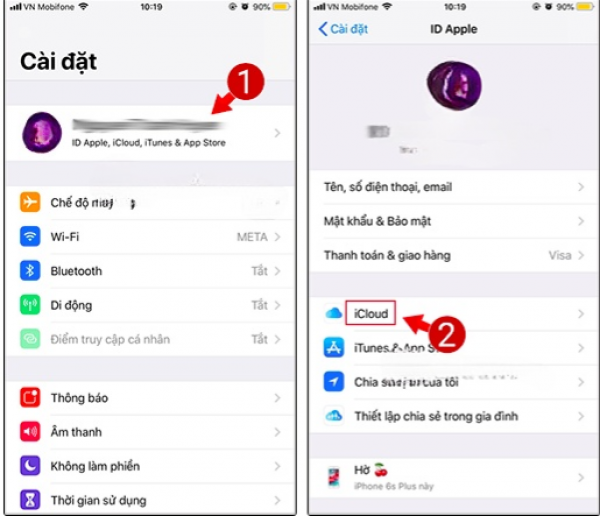
Step 2: Next, in the list of iCloud, scroll down and select the iCloud Backup section. In the next interface, we will proceed to turn on the iCloud Backup mode, press OK in the notification dialog box that appears.
At this point, your device will be in automatic backup mode, which is carried out daily.
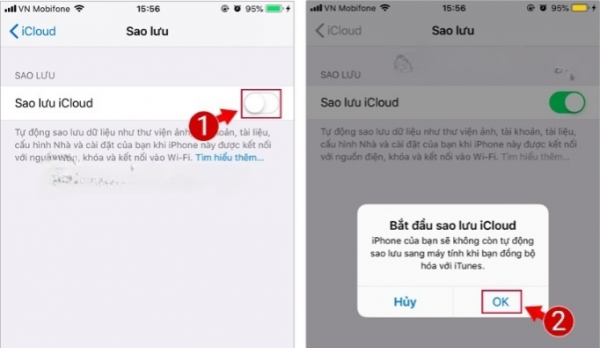
Additionally, you can also manually backup by pressing the Back Up Now option right below to have the device backed up to the current moment immediately. The backup process will take place immediately
Note, iCloud needs to have plenty of free space to proceed with the backup.
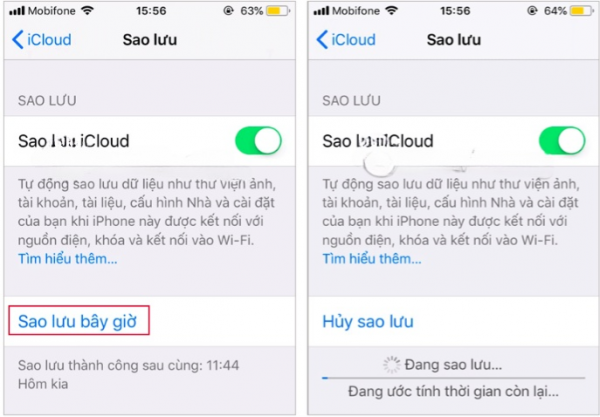
To check the current capacity of iCloud, go to the Manage Storage section to monitor, buy more storage if needed.
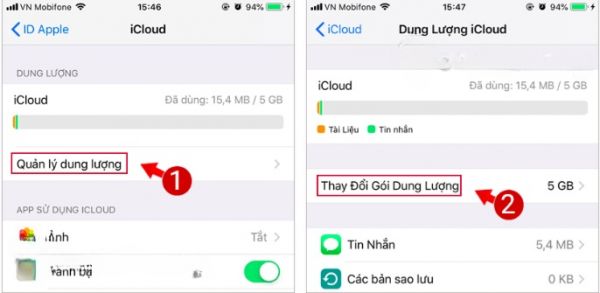
Backup iPhone with a Mac
Step 1: Use a USB to Lightning cable to connect the iPhone to the Mac computer.
Step 2: Click on Finder on the Mac computer.
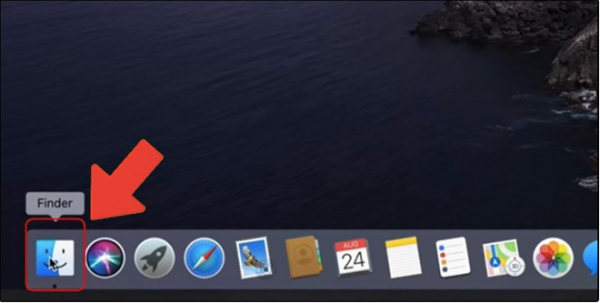
Step 3: Select the connected iPhone then press Trust to confirm trust in the device.
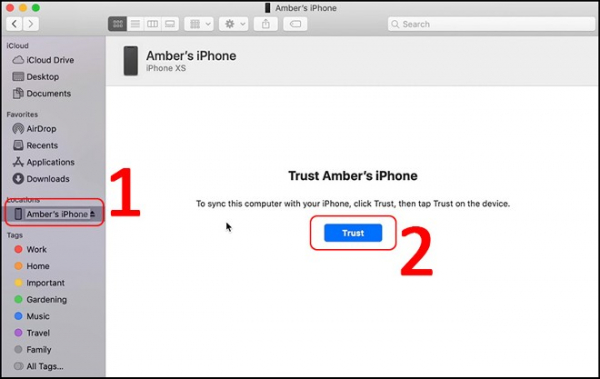
Step 4: Choose the appropriate backup mode then press Back Up Now and wait until the backup process is complete. The options you have to consider include:
- Back up your most important data on your iPhone to iCloud: Only back up important data.
- Back up all of the data on your iPhone to this Mac: Back up all your data.
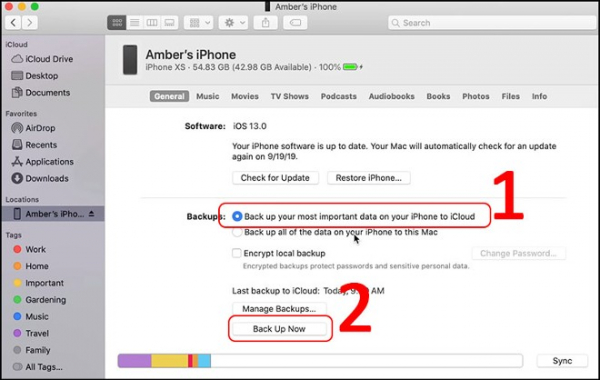
Additionally, there is an additional option of adding encryption to the backup. You can set a password for the backup to ensure that your sensitive data is safe.
Backup iPhone with iTunes on a Windows computer
Step 1: Download and install iTunes on a Windows computer.
http://www.apple.com/itunes/download/
Step 2: Connect the iPhone to the computer via a USB cable.
Step 3: Open iTunes and tap on the iPhone icon.

Step 4: Select This Computer then select Back Up Now.

Step 5: Wait for the computer to complete the data backup process.
Instructions for restoring data with iCloud after restoring, resetting iPhone
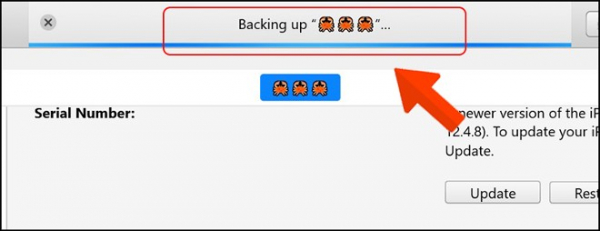
If your iPhone is running slow or encountering many annoying issues when using, then you should reset the device, erase all content on the machine, and reinstall.
How to restore iPhone, restore settings with iTunes
Instructions for restoring original settings Reset iPhone
After deleting, start the data recovery process by using iCloud. Remember to ensure that you have fully backed up with the above operations before deleting your iPhone. Then proceed as follows:
- After erasing all content and settings, the device will restart, and when you see the "Hello" screen, press the Home button.
- Choose a language.
- Choose a country or region.
- Choose a WiFi network and log in to the network.
- Enable or disable the location feature.
- Set up Touch ID and password for your iPhone
- When you get to the Apps and Data screen, tap on Restore from iCloud Backup.
- Enter your Apple iCloud ID and password.
- Agree to the terms and conditions.
Select the backup you want to use. Tap Show All Backups to view older backups stored in iCloud. Look at the date and size of each backup to choose the most appropriate backup. It will take a while to restore your backup from iCloud.
Above are some ways to help you retrieve all data on the iPhone when performing restore, reset, backup, or restore data from previous backups.
Backup data directly from iPhone to iPhone
Starting from iOS 11 onwards, Apple added the Quick Start feature that allows users to transfer data directly from an old iPhone to a new iPhone. This new backup method makes it easy for users to switch between their iPhone devices.
As soon as you turn on a new iPhone placed next to an old iPhone, a prompt will appear on the old iPhone suggesting you transfer data to the new iPhone.
When you agree to make the switch, a special code will appear on the new iPhone, and you must use the camera of the old iPhone to scan this code to confirm the data transfer. After that, you just need to wait for the data transfer process to complete.
